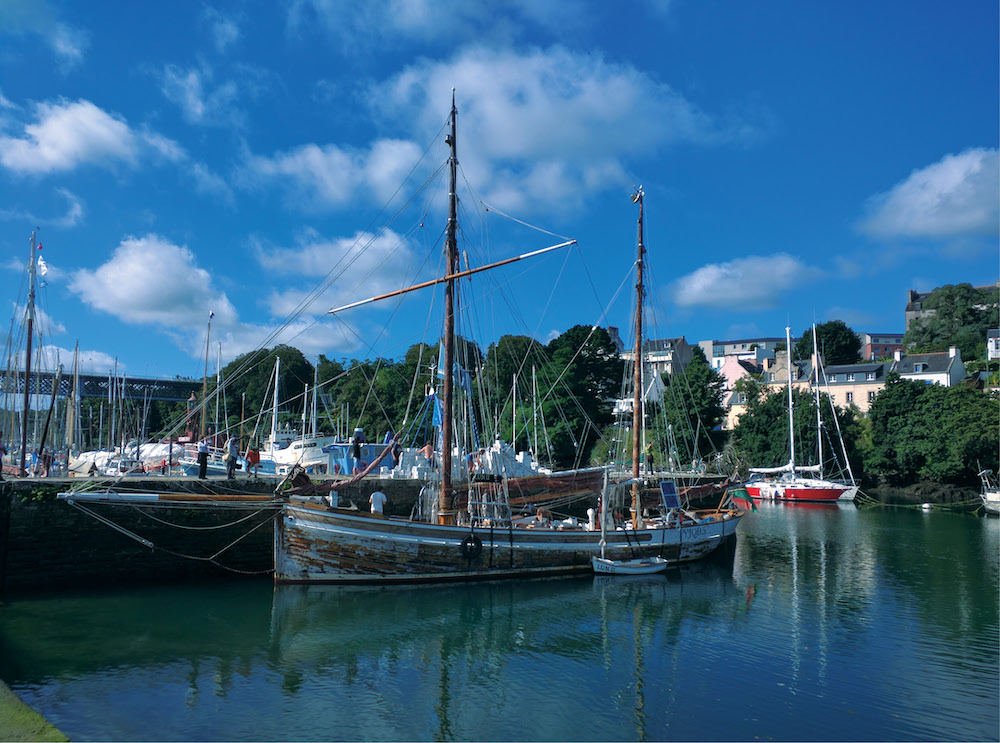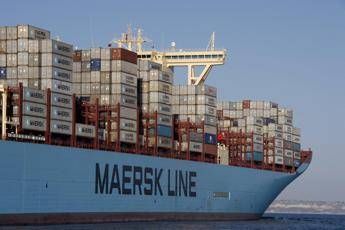Not long ago, the French newspaper Le Monde published a lengthy editorial titled: “What if we started transporting goods by sail?”. Anyone would have thought it was about new applications that allow large merchant ships to save on fuel costs by using sails. But it wasn’t. Because France, let’s not forget, also includes Brittany, and the Bretons, who in recent years have decided to revive the tradition of coastal sailing. Le Monde’s editorial talks precisely about this, and the place that sail transport has regained in the area’s economy. Small, for now, but full of ideas, beautiful stories, and hopes.
In 2009, Guillaume Le Grand said “we have the boats, the routes exist, and the winds should never end“, and founded TOWT – Transoceanic Wind Transport – a company that deals with sail freight transport, utilizing boats, routes, and wind while creating something new: Guillaume and his collaborators sought out producers and distributors who would be interested in this type of transport, and they found several.
In mid-October of the same year, TOWT set sail. In autumn, as summer traffic thinned out,
There are many possibilities to make coastal sailing a brand, and TOWT has organized itself to exploit them all, such as “ecological transport” labels that certify the low environmental impact of products, and even more spectacular initiatives, as Guillaume Le Grand himself tells Le Monde: “When we sail back loaded with wine to Brest, we unload the bottles on the quay, and the wine merchant tastes directly in front of the boat“. In this way, transport, usually never in the spotlight, becomes an effective marketing vehicle.
But beyond communication, and without completely abandoning ourselves to the romanticism of old brigantines sailing up the English Channel loaded with wine and fish preserves, it’s the issue of price of goods transported by sail that hinders the return of this type of distribution. Cargo shipping is indeed so widespread because it’s inexpensive (in the editorial, Le Monde reports that 90% of goods exchanged in France were transported by ship). According to a study by the French Shipowners Association, transport affects the final price of the product by a percentage between 0.3% and 1.6% – just a few cents. On the other hand, it’s interesting to note that, adding up the emissions of all cargo ships circulating around the world, it’s estimated that they would be equivalent to the fourth nation in the world for pollution.
Costs and emissions are also linked from an economic point of view, because pollution is the classic negative externality of economic theory: the price of a product does not reflect a social cost (CO2 emissions, in this case, with all their consequences), which is therefore “paid” by the community and not by those who profit from the product itself.
In the case of sail transport, goods inevitably undergo a price increase, which we perceive as absolute because the lower social cost (no CO2 in the air) is not incorporated into the price and consequently is not perceived by the community. But we have good news in this case too: Guillaume Le Grand states that the extra cost to pay on a bottle of wine transported by sail instead of motor is about 20 euro cents. All in all, it can be done.





